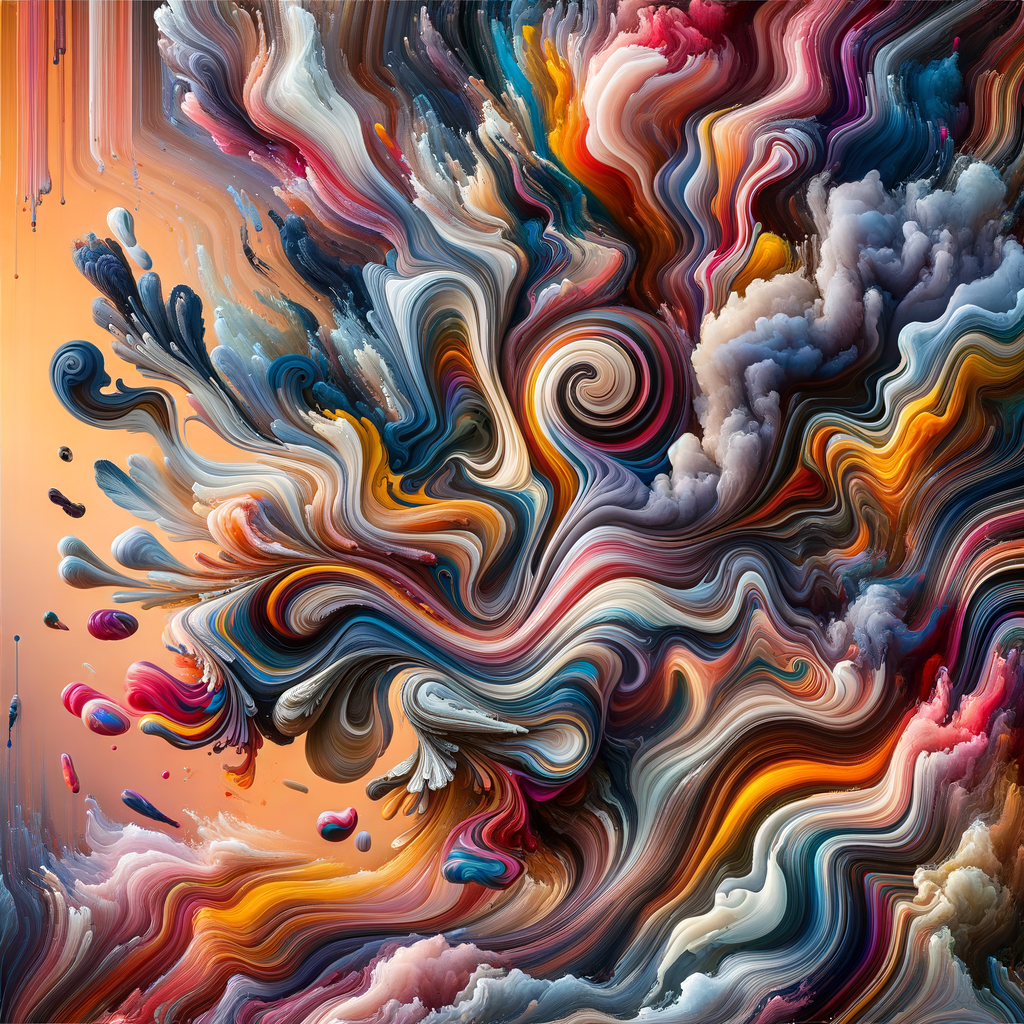
Experimental photography is one of the most exciting and multifaceted genres that allows photographers to push the boundaries of the usual. It is an opportunity not just to capture the world around but to interpret it, creating unique images using unconventional techniques and methods. In this article, we will explore the main aspects of experimental photography, share tips, and inspiring examples that will help you develop your own style.
Experimental photography encompasses a wide variety of techniques and approaches. It can involve the use of unconventional equipment, image manipulation, changes in lighting and color correction, as well as creating interesting compositional solutions. Practically any elements of photography can be subjected to experimentation, from choosing a subject to the very setup.
One of the most crucial aspects of experimental photography is the freedom of creativity. There are no strict rules here, allowing photographers to be more creative and expressive. Techniques like long exposure, double exposure, playing with focus and lighting can all be employed. For example, you might want to use long exposure when capturing moving subjects to create a blur effect that adds dynamics and emotion to the shot.
Another method of experimentation is the use of different textures and surfaces. For instance, you can shoot any object through water or a printed image to create an unusual effect. Such approaches not only add visual complexity but can also give the image a completely new mood.
Working with color also plays a significant role in experimental photography. You can utilize bright and saturated colors to evoke certain emotions or moods. Conversely, you may want to play with monochromatic shades to create a minimalistic yet expressive image.
For example, photographs can be taken using colored filters, impacting the lighting and creating an impressive atmosphere in shots. Furthermore, post-processing techniques can significantly influence the final image.
If you aim to develop your style in experimental photography, do not be afraid to make mistakes and try something new. Every failure is an opportunity to learn and create something even more creative.
Inspiration can be derived from the works of other photographers, art, nature, and even music. Sometimes a mere glance at the world, an angle, or a minor object can spawn an idea for a breathtaking photo. Don't forget personal experiences; they can serve as the foundation for your most memorable works.
If you are just starting with experimental photography, begin with simple techniques. For example, try your hand at double exposure. Simply combine two images into one frame. You can mix portraits with nature environments to create a magical effect. Or experiment with new light sources, changing the setting for your shots.
It's crucial to remember that experimental photography is not a destination—it’s a process. Spontaneity and sincerity help create true masterpieces. Focus less on achieving a perfect image; the joy of shooting and experimenting is the key to success.
To strengthen your skills, participate frequently in photo contests or exhibitions. Not only will this help expand your horizons, but it will also provide opportunities to connect with other creative individuals.
In conclusion, experimental photography is an excellent way to broaden your horizons and develop a unique style. Utilize your ideas, don’t be afraid to take risks, and explore amazing worlds through your camera. It’s an adventure where each new picture is a chance to tell your story.


